Apple ProRes 422 HQ
By Alfonso Sánchez Calvo
2020-09-09
In a nutshell. Our standard of video recording shows our commitment to the highest quality.
At VÓRTICE we make all our video productions using digital cinematography cameras, recording at Ultra High Definition resolutions (2.5K, 4.6K, 8K, ...).
Likewise, always faithful to our commitment to the highest quality, we have adopted the Apple ProRes 422 HQ codec, with an image resolution at 4K of 4096 x 2160 pixels, as our video recording standard.
ProRes is a family of intermediate compressed video codecs, e.g. intended for professional use during video editing and post-production, but not for broadcast to the final viewer.
More specifically, Apple ProRes 422 HQ provides visually lossless video compression by supporting 10-bit colour depth, while preserving all image characteristics over several generations of decoding and re-encoding. In addition, as a compressed format it requires much lighter working and storage systems compared to those needed to process uncompressed video (RAW or raw video).
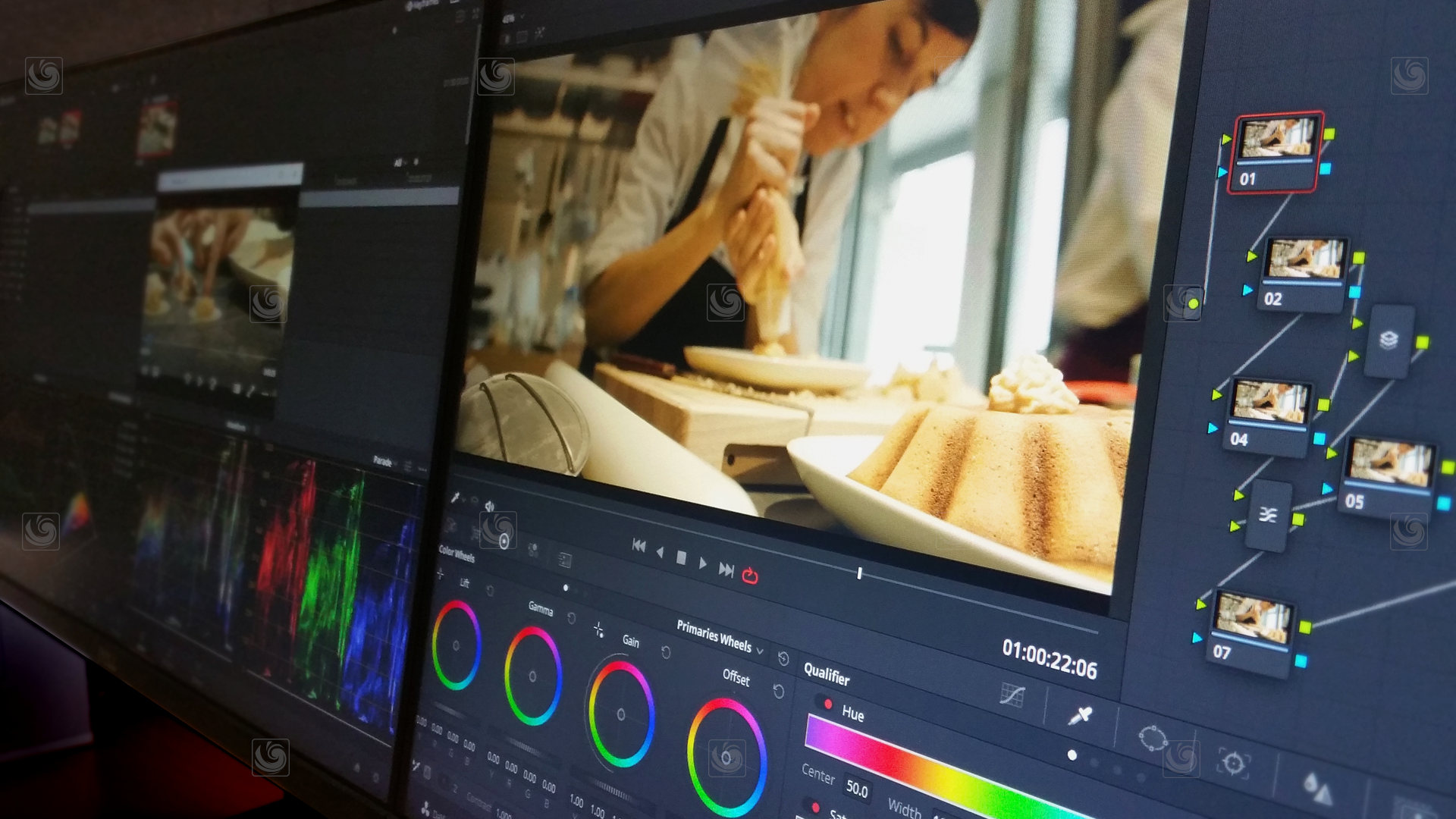
To show the benefits of this recording format, we have prepared an example related to the attractive aesthetics of motorcycling, with the invaluable collaboration of a professional pilot, friend of ours.
Seeking to test the recording capacity of both the camera sensor (Blackmagic BMPCC4K in this case) and the codec, we propose a flexible and minimalist recording, with camera in hand, in a car park that is not particularly well lit and with only the source of natural light. To make things even more "interesting" we decided to force the camera even more, by recording in slow motion (60 fps).
Although the difference between light and shadow was extreme at times, after inspecting the footage we can be sure that the result attests to the fact that both sensor and codec record the differences and nuances of light and colour, maintaining a high dynamic range at all times (13 stops). As a result, the image information is kept at a more than adequate level, both in low and high light.
All this, we must not forget, recording at twice the number of frames required in a standard production, which guarantees even better results for regular productions at 24, 25 or 30 frames per second.
In any case, as one image (after another) is worth a thousand words, we invite you to judge the result.
From the footage recorded with a flat image profile, i.e. without any specific treatment, the frame you can see below has been given a basic correction of brightness and contrast levels. In this way, the Director of Photography will be able to achieve later, already in post-production, the aesthetic that best suits the nature and personality of the specific project.
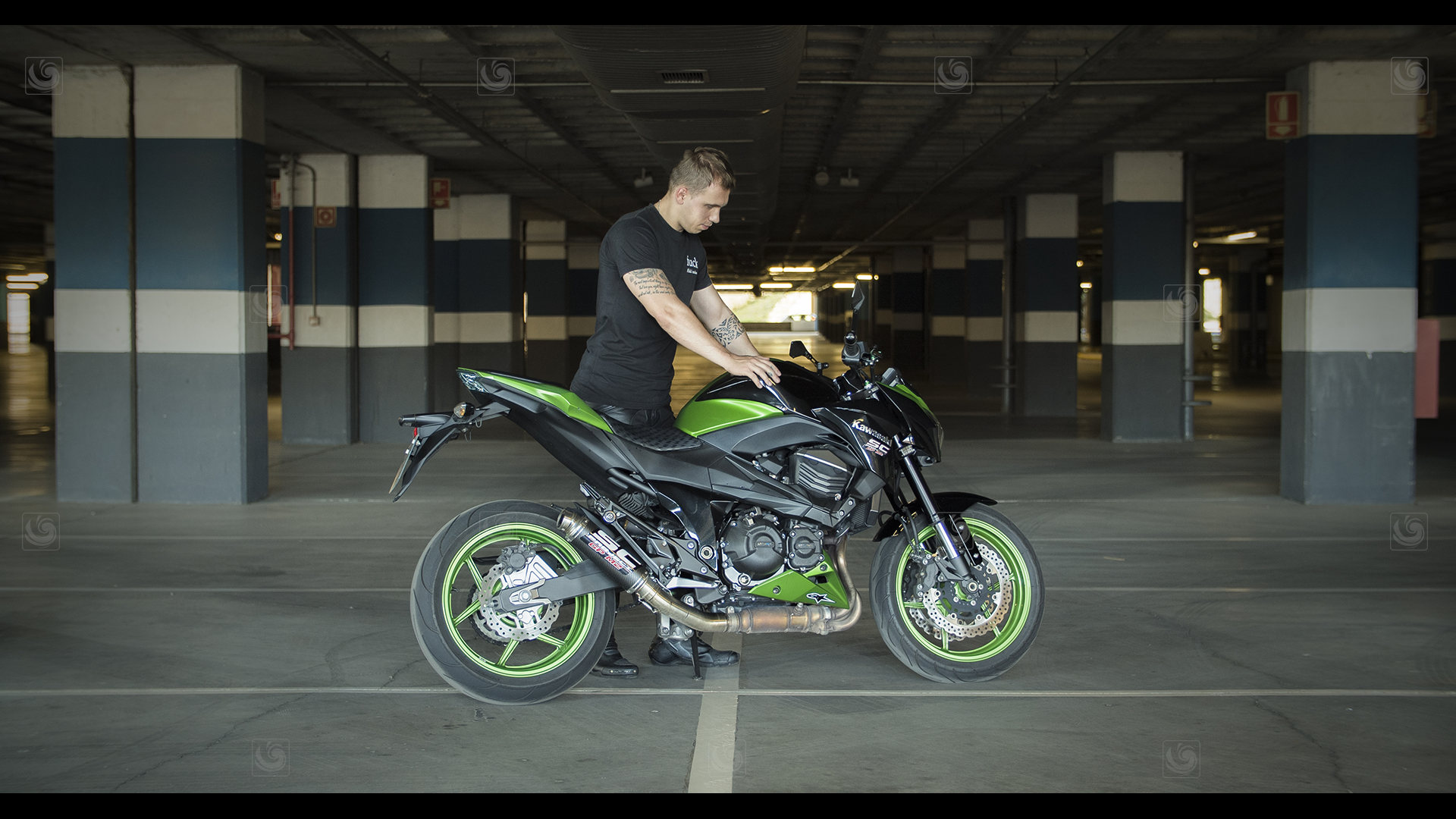
The 10-bit colour depth offered by the Apple ProRes 422 (HQ) codec, on the other hand, is more than sufficient for aggressive post-production without the appearance of visual artifacts, as shown in the image below.
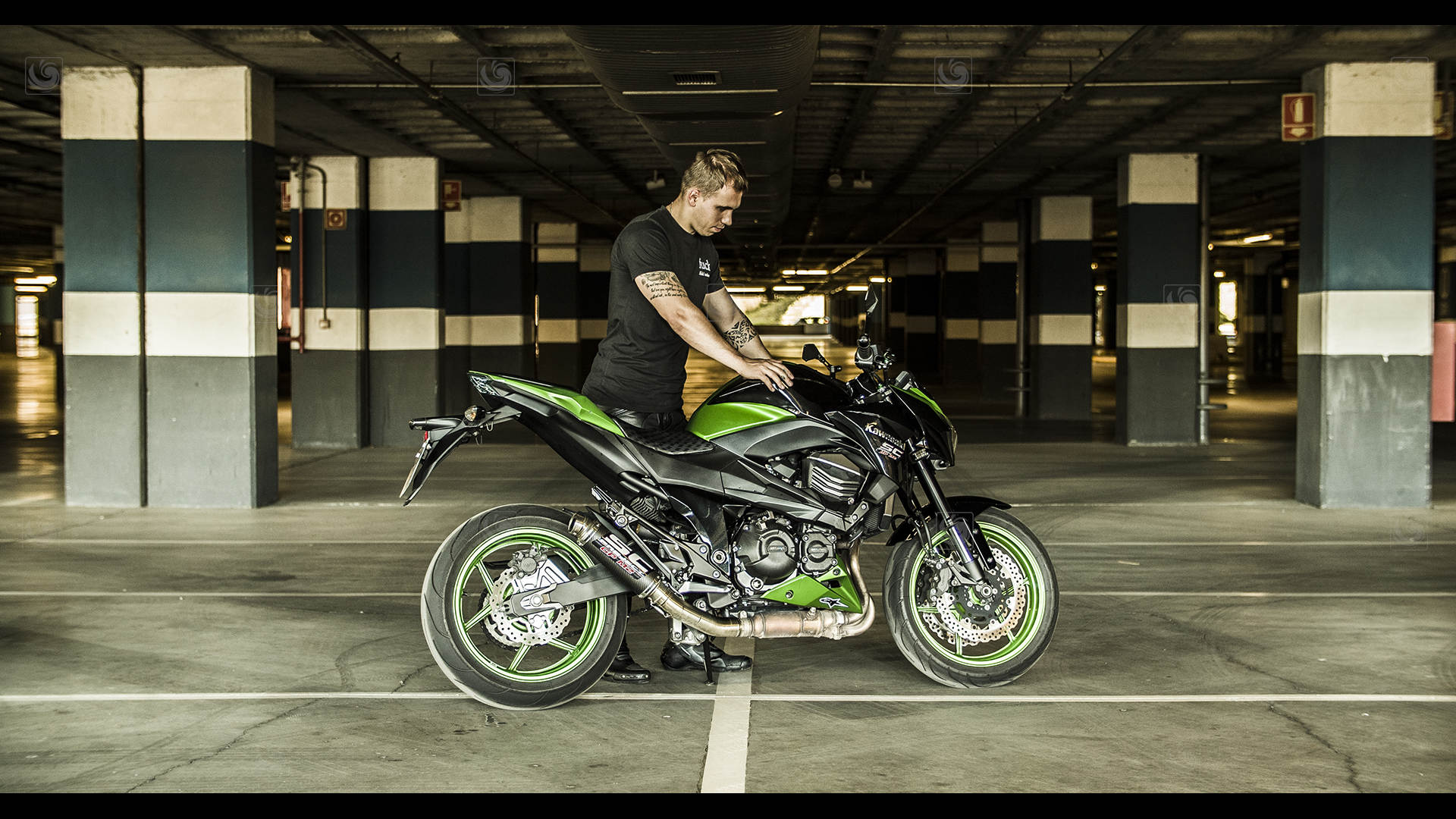
Likewise, in the following detail of the same frame, the definition achieved in the original 4K footage can be clearly seen. By virtue of this we can state that the frames extracted from these recordings can be printed up to a DIN-A3 size with photographic resolution (300ppp) and at much higher sizes for large format posters using 72ppp plotters.
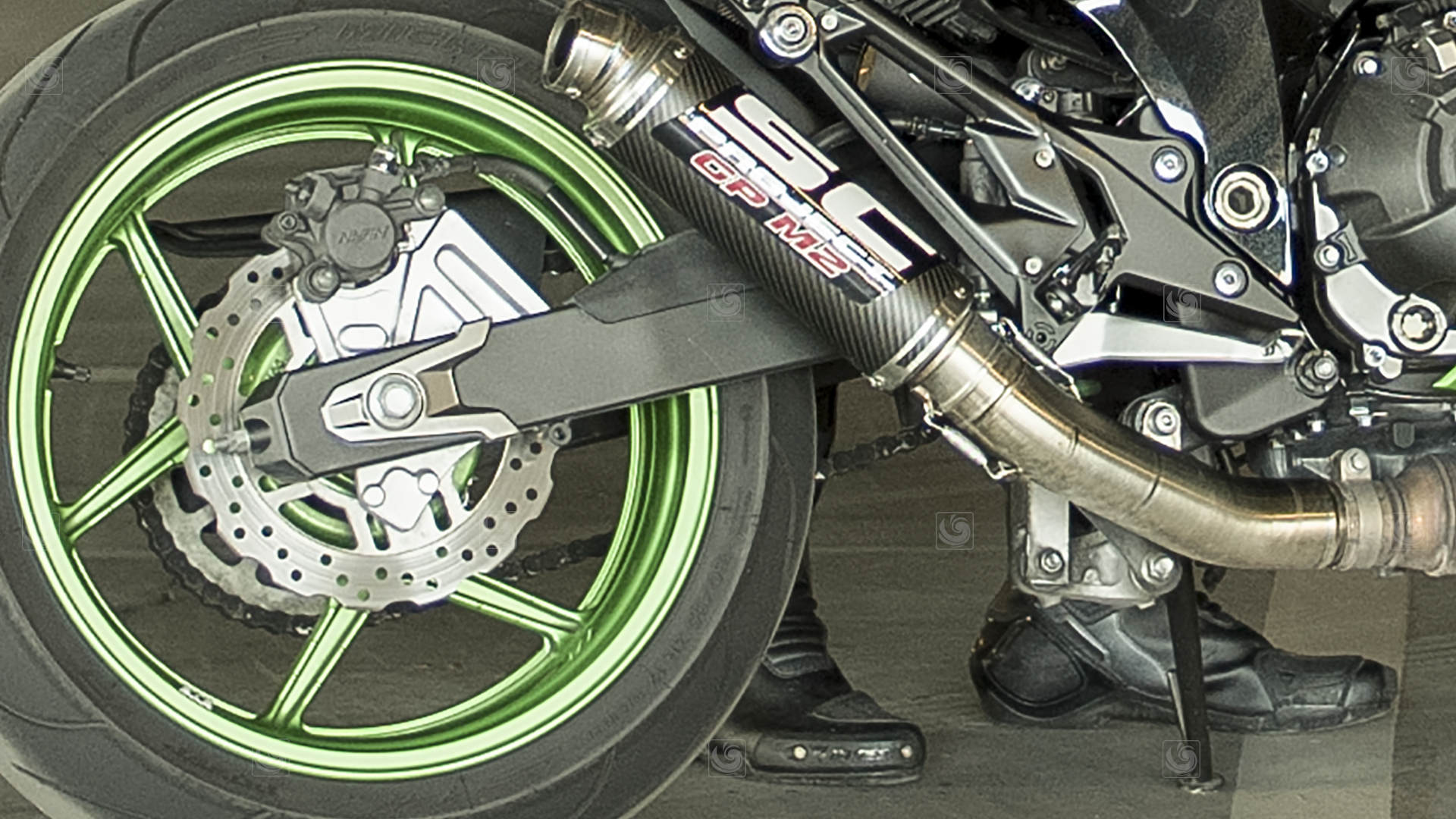
Note also that, even when recording at a sensitivity of 3200 ISO, the noise present in the image is very acceptable and its texture remains suitably organic. Notice in the image below how the areas of high light, instead of being "burned" still exist skillfully, and at the same time, in the parts of shadow the detail is maintained without filling and without presenting a level of coarse noise or visual artifacts in the form of geometric patterns.
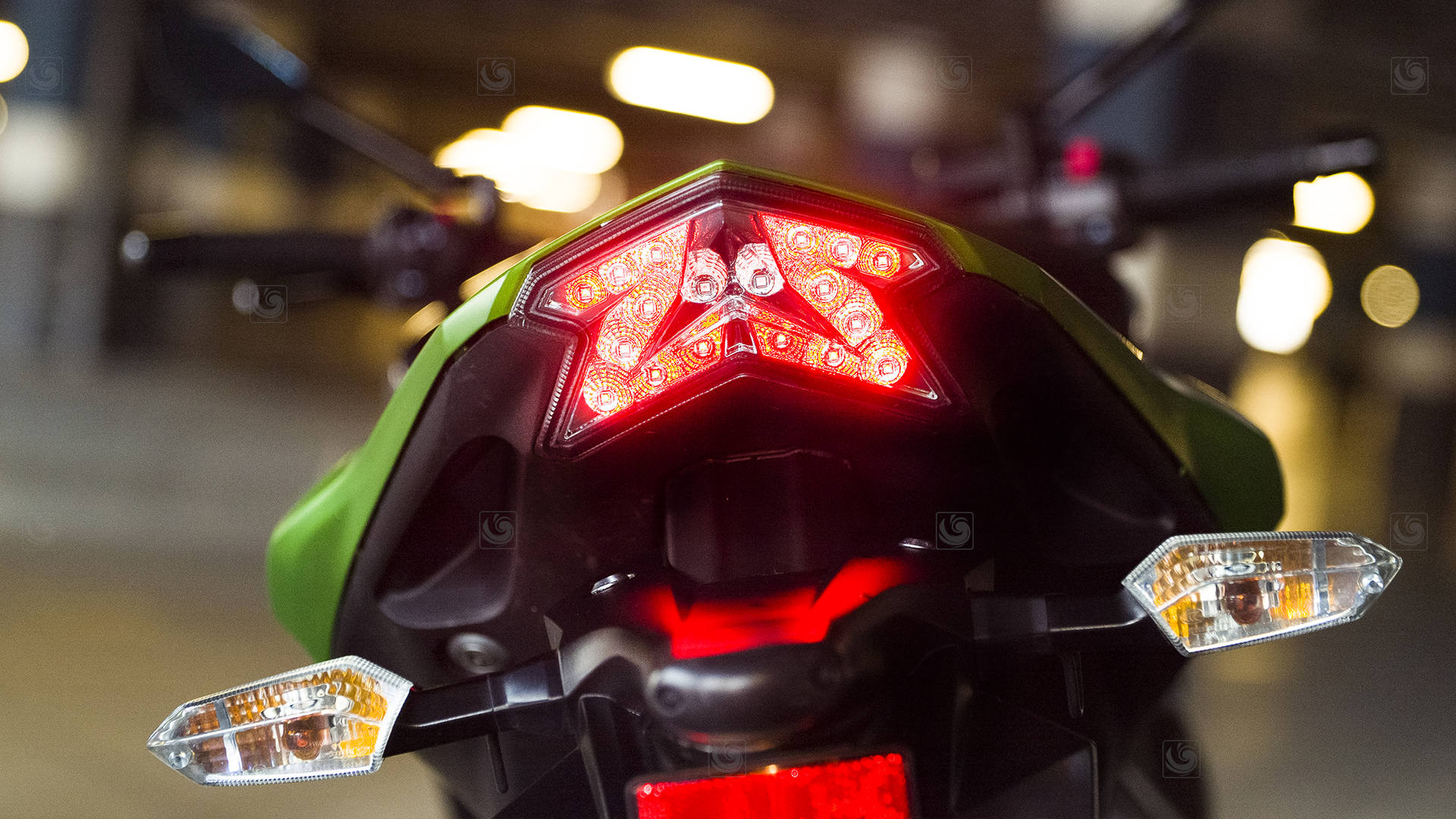
Finally, the colour treatment is very natural and, together with the use of Canon 35mm lenses with apertures around f1.8, gives the image a warm look and a very pleasant and intimate blurred effect (bokeh).